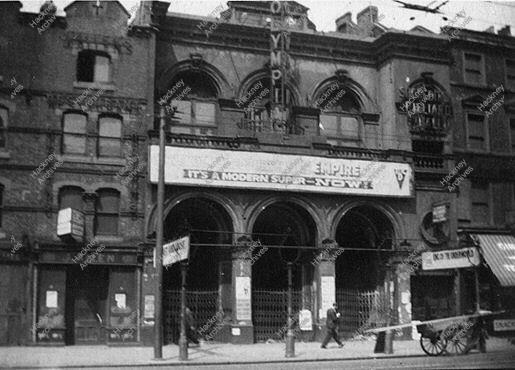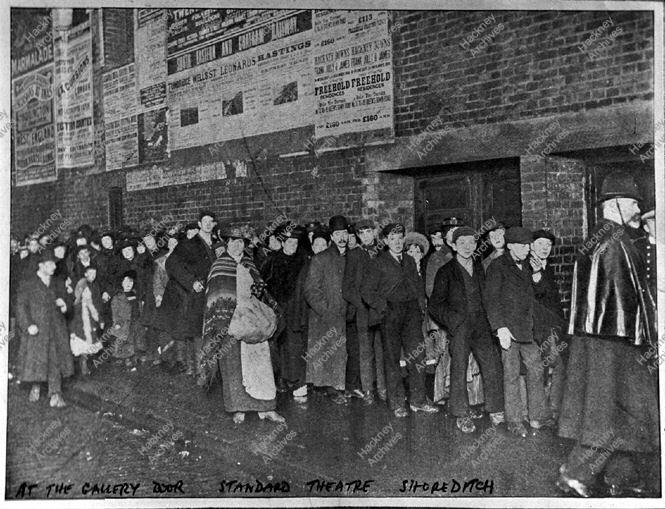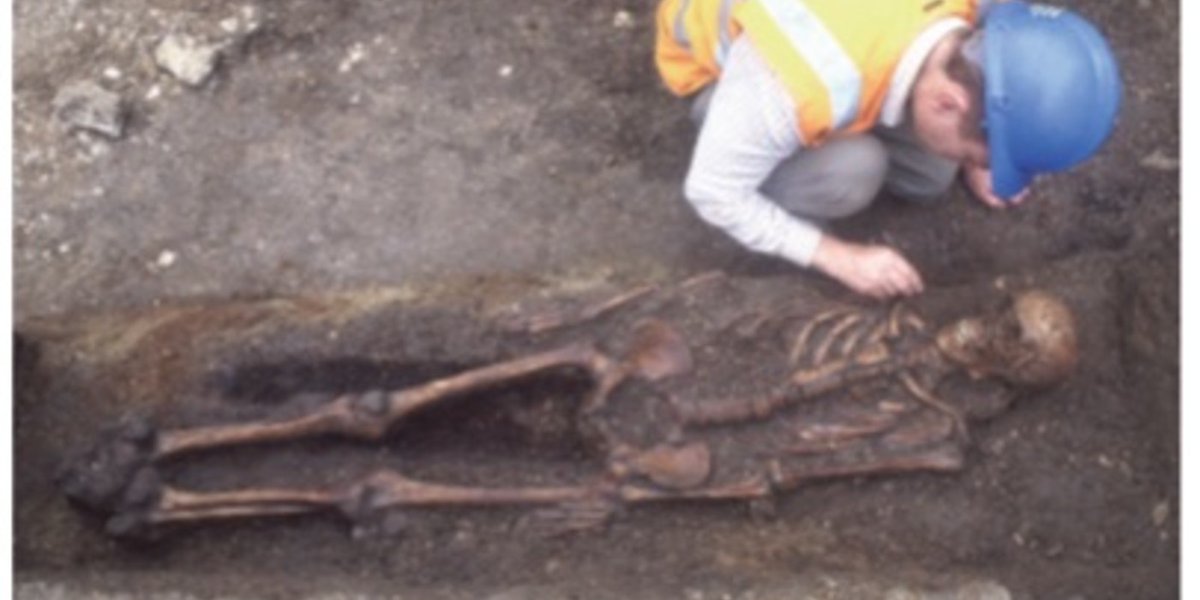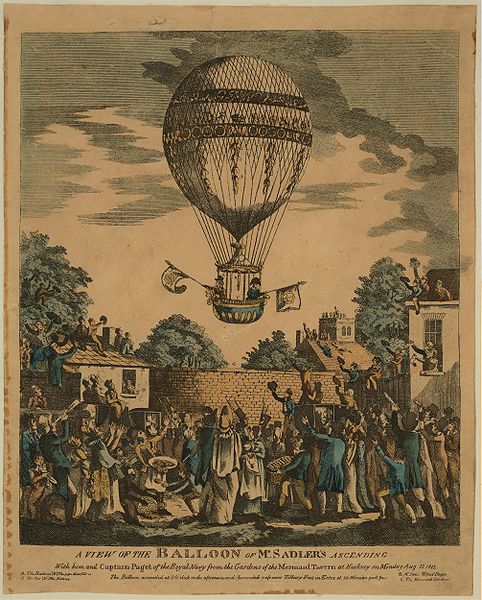
Hackney and London local History - hekni aun london hige geshikhte - yox zogn eydn az zey zenen antisemetik - ir muzn zeyn vits
How to get URL link on X (Twitter) App


 manor of Hackney, ought to repair it sufficiently for foot traffic. It was listed by Norden in 1594 among the most useful bridges in Middlesex, but collapsed finally between 1612 and 1630, and was replaced by the ferry later known as Hackney or Jeremy's ferry. The ford was
manor of Hackney, ought to repair it sufficiently for foot traffic. It was listed by Norden in 1594 among the most useful bridges in Middlesex, but collapsed finally between 1612 and 1630, and was replaced by the ferry later known as Hackney or Jeremy's ferry. The ford was

 Clift Street and Salisbury Street that are no longer there. The next OS Maps we have from the mid 20th century show a dramatically altered landscape with many of the terraces gone and replaced with new kinds of houses. What happened? The answer can be found in the London City
Clift Street and Salisbury Street that are no longer there. The next OS Maps we have from the mid 20th century show a dramatically altered landscape with many of the terraces gone and replaced with new kinds of houses. What happened? The answer can be found in the London City








 opposite the former Bishopsgate Goods Yard in Shoreditch High Street, home now to a sauna and a wine warehouse. Originally known as the National Standard, the theatre was built in 1837 with an audience capacity of 3,400. Its heyday came under the management of the Douglass
opposite the former Bishopsgate Goods Yard in Shoreditch High Street, home now to a sauna and a wine warehouse. Originally known as the National Standard, the theatre was built in 1837 with an audience capacity of 3,400. Its heyday came under the management of the Douglass


 Pinks pictured early Penton Street as 'a kind of northern Belgravia'. If that was exaggerated, it confirms memory of the street's lost charms and amenities. While the White Conduit House stood at the north end, the south was flanked by Dobney's tea gardens and bowling greens,
Pinks pictured early Penton Street as 'a kind of northern Belgravia'. If that was exaggerated, it confirms memory of the street's lost charms and amenities. While the White Conduit House stood at the north end, the south was flanked by Dobney's tea gardens and bowling greens,




 behalf of Transport for London and were undertaken as part of the construction of a new urban railway, the East London Line Project (ELLP), Northern Railway Extension. The presence on site of the medieval Holywell Priory and the Earls of Rutland’s Tudor mansion was known before
behalf of Transport for London and were undertaken as part of the construction of a new urban railway, the East London Line Project (ELLP), Northern Railway Extension. The presence on site of the medieval Holywell Priory and the Earls of Rutland’s Tudor mansion was known before


 Swan Yard directory references.
Swan Yard directory references. 
 industrial and household refuse which was taken by barge and dumped at sea.
industrial and household refuse which was taken by barge and dumped at sea. 
 understood that cholera was spread by dirty water, there was increasing alarm at the four cholera epidemics that took so many lives. The Thames received most of the capital’s sewage and also provided much of its water supply. The stink of the river alone was sufficient to provoke
understood that cholera was spread by dirty water, there was increasing alarm at the four cholera epidemics that took so many lives. The Thames received most of the capital’s sewage and also provided much of its water supply. The stink of the river alone was sufficient to provoke

 these girls, and in bygone summers dancing on the crystal platform was their nightly amusement. They continue to be very fond of dancing, but they are even more attached to singing. They seem to know by heart the words of all the popular music hall songs of the day, and their
these girls, and in bygone summers dancing on the crystal platform was their nightly amusement. They continue to be very fond of dancing, but they are even more attached to singing. They seem to know by heart the words of all the popular music hall songs of the day, and their


 causeway through the marshes, known as Wanstead Slip (now in Leyton). The route then continued through Essex to Colchester. At this time, the Lea was a wide, fast flowing river, and the tidal estuary stretched as far as Hackney Wick. Evidence of a late Roman settlement at
causeway through the marshes, known as Wanstead Slip (now in Leyton). The route then continued through Essex to Colchester. At this time, the Lea was a wide, fast flowing river, and the tidal estuary stretched as far as Hackney Wick. Evidence of a late Roman settlement at

 timber-built. In 1695 Mare Street had 23 residents. By 1720, Mare Street was the most populous district of the parish, with 111 ratepayers, and contained 6 of the 36 select vestrymen in 1729. Tramways were built in 1873. After the First World War the area became more industrial.
timber-built. In 1695 Mare Street had 23 residents. By 1720, Mare Street was the most populous district of the parish, with 111 ratepayers, and contained 6 of the 36 select vestrymen in 1729. Tramways were built in 1873. After the First World War the area became more industrial.




 extended in 1766 beyond Hackney brook to a lime walk and in 1831 to a larger kitchen garden one green was used for archery in 1842. They witnessed successful balloon trips, notably by James Sadler in 1811, when the number of sightseers 'exceeded calculation', and by Mrs. Graham
extended in 1766 beyond Hackney brook to a lime walk and in 1831 to a larger kitchen garden one green was used for archery in 1842. They witnessed successful balloon trips, notably by James Sadler in 1811, when the number of sightseers 'exceeded calculation', and by Mrs. Graham




 pastoral and the urban, is Renton Nicholson's Cockney Adventures and Tales of London Life (from 1837), first issued in serial form, much at the same time a Dickens' Sketches by Boz (which itself describes a visit to the Eagle tavern). “For the most part the Adventures relate,
pastoral and the urban, is Renton Nicholson's Cockney Adventures and Tales of London Life (from 1837), first issued in serial form, much at the same time a Dickens' Sketches by Boz (which itself describes a visit to the Eagle tavern). “For the most part the Adventures relate,

 The original planning permission was granted by Waltham Forest on the strict condition that this was to be a temporary relocation and the allotments were to return to the Olympic Park, although not to their original site, now part of the 'Not the largest new urban park in Europe
The original planning permission was granted by Waltham Forest on the strict condition that this was to be a temporary relocation and the allotments were to return to the Olympic Park, although not to their original site, now part of the 'Not the largest new urban park in Europe

 documents. They were demolished to make way for the Olympic site. The site was formerly in the London Borough of Hackney, but after ward boundary changes in the 1990s the footprint sat within London Borough of Newham. At the time of eviction the site was owned by Lee Valley
documents. They were demolished to make way for the Olympic site. The site was formerly in the London Borough of Hackney, but after ward boundary changes in the 1990s the footprint sat within London Borough of Newham. At the time of eviction the site was owned by Lee Valley


 identified as lying in Hackney Middlesex and included some meadow in St. Mary Hope in Leyton. In 1185 the Templars seem to have had no mill in Leyton or Hackney, but by 1278 they had a water-mill in Leyton. In 1308 this mill, held of the king and valued at £1 6s. 8d., adjoined
identified as lying in Hackney Middlesex and included some meadow in St. Mary Hope in Leyton. In 1185 the Templars seem to have had no mill in Leyton or Hackney, but by 1278 they had a water-mill in Leyton. In 1308 this mill, held of the king and valued at £1 6s. 8d., adjoined

 Tyburn, still took place within its walls after 1868. In the 18th century it was the largest and most notorious of London's 150 prisons. When Newgate was demolished, the gallows and the male inmates were moved to Pentonville Prison, and the women to Holloway. Until that point,
Tyburn, still took place within its walls after 1868. In the 18th century it was the largest and most notorious of London's 150 prisons. When Newgate was demolished, the gallows and the male inmates were moved to Pentonville Prison, and the women to Holloway. Until that point,